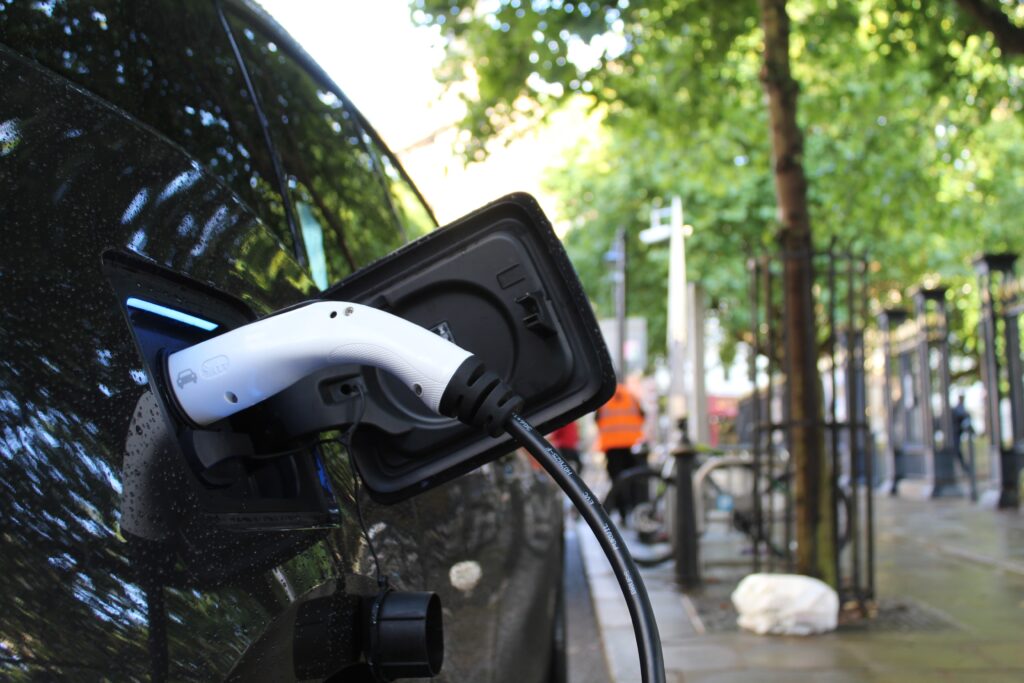The recent passing of the Inflation Reduction Act was touted as a significant step forward for reducing fossil fuel use and pushing the US to switch to electric vehicle (EV) technology.
Sadly, the devil is in the details, and the details of this bill are not very good. The tax credit in the bill will be the current $7,500 credit extended to 2032, and an additional $4,000 added to that credit for a total of $11,500. The problem is that according to the Alliance of Automotive Innovation, around 70% of the electric hydrogen and hybrid vehicles currently being sold in the US would not be eligible for the credit because the bill states: to qualify for the credit, final assembly must take place in North America, and will hinge on the vehicle’s size, total cost, and potential buyers’ income.
Before 2024, 40 percent or more of the critical minerals and half of the battery components must come from the US or a free trade partner to access the total credit. However, these vital materials are sourced globally. Most cobaltcomes from the Democratic Republic of the Congo, and lithium is sourced from South America and Australia, with the processing of these materials taking place in China.
Assuming the California fossil fuel ban from 2030 happens, and other states follow suit, we must ask, are EVs more environmentally friendly to produce, and what will happen to all of these batteries once their time is up? The front end has an environmental impact from lithium mining, cobalt, and other essential metals like nickel.
Let’s look at the contents of an electric vehicle battery, where they end up when their life is over, and ask if they are the best environmental choice.
Read the full article here.






